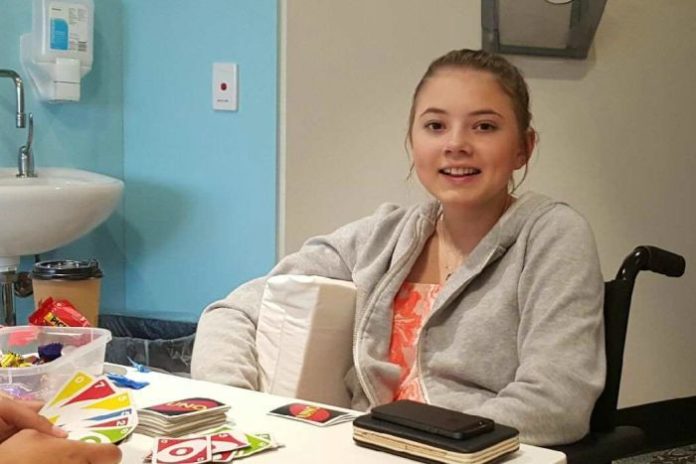
Patients who were previously told they were imagining their pain are now finding relief through a new clinic in Brisbane.
NeurologistDr Alex Lehn established the Mater Functional Neurological Disorders clinic for people diagnosed with the neurological condition.
At the clinic, neurologists, physiotherapists and other specialists work with patients to repair what is explained as a “glitch” in their brain software system.
Dr Lehn said Functional Neurological Disorders (FND) was a group of disorders but no organic cause could be found for them.
“Brain scans for this patient are normal, blood tests are normal and all other tests are normal as well,” he said.
“Quite often at the end they’re told it’s all just in their heads.
“The symptoms are very real and very disabling and most importantly they’re potentially treatable.”
Dr Lehn said patients experienced symptoms including tremors, being unable to move their arms or legs and seizures.
Treatment involves retraining the brain to learn basic movements again.

“Our medical world is driven towards tests and technology and blood tests having to show things up,” Dr Lehn said.
“And that’s not the case with functional disorders.
“We’re really back to old skills of being able to take a history and being able to examine a patient and being able to trust your examination findings.”
Between 20 and 23 per cent of people who present to neurology outpatients have FND.
It’s the second most common reason people seek help after headaches.
Condition explained as being like a golf swing
Britney Smithers, 16, was diagnosed with Functional Dystonia after years of pain.
She had misjudged a jump from a wall and broken some bones.
Even though her bones had healed, she was still in pain, barely able to walk and facing life in a wheelchair.
“I had MRI scans, blood tests, X-rays and they just didn’t really find anything,” she said.
“A lot of people just said it was all in my head so all of the symptoms and everything wasn’t really real.”
Britney said her condition was explained to her as being like a golf swing.
“A good game goes sour after a bad swing, but you keep trying to improve by focusing on the bad swing,” she said.
“Unfortunately your game only gets worse.
“That’s what was happening to me and my back.
“Every time I would try to fix it, it would just make it worse.”
But after her diagnosis, Britney started extensive treatment at the clinic and her condition has improved significantly.
“Now I’ve got a running plan,” she said.
Dr Lehn said about up to 70 per cent of patients with FND were able to be treated with good long-term outcomes.
